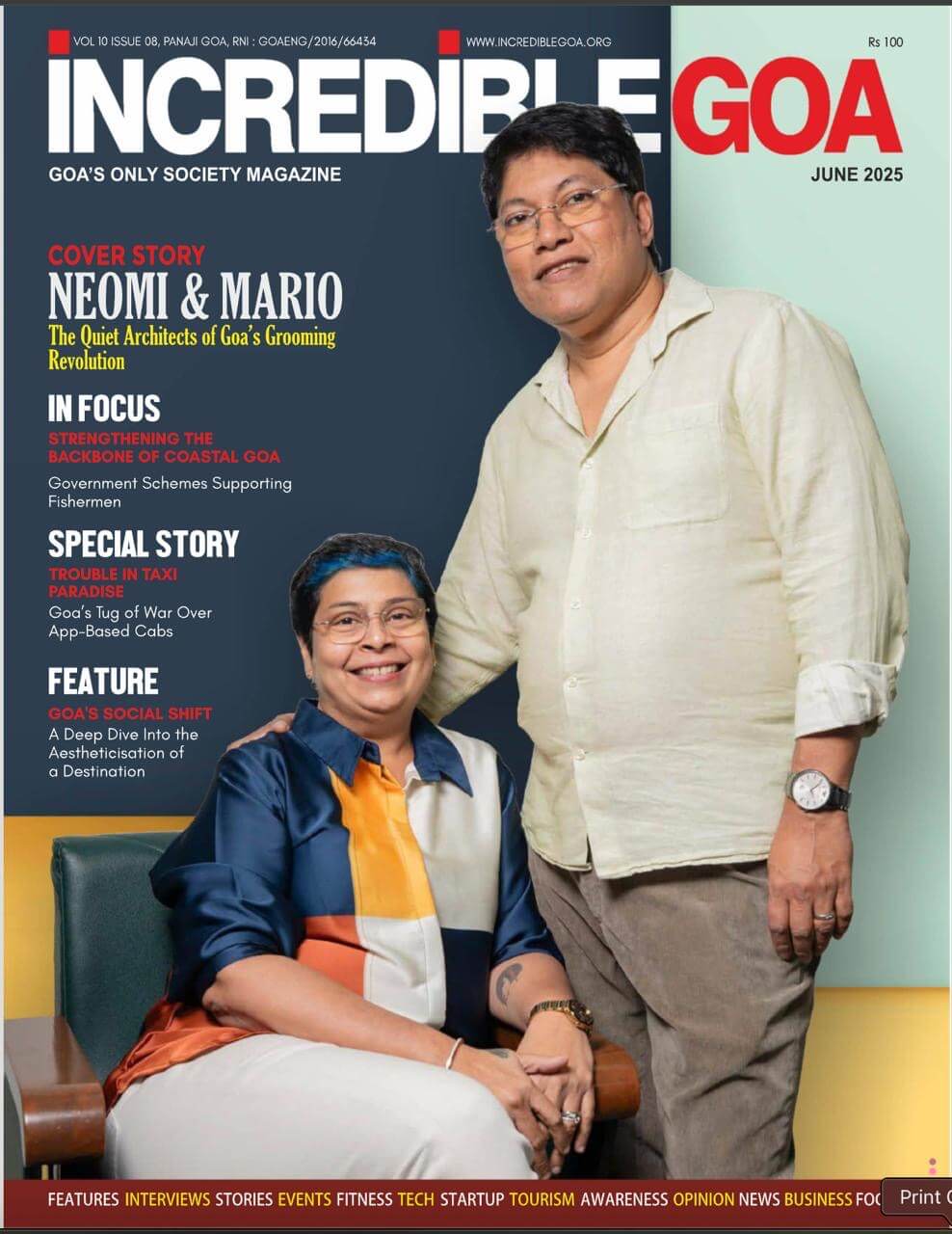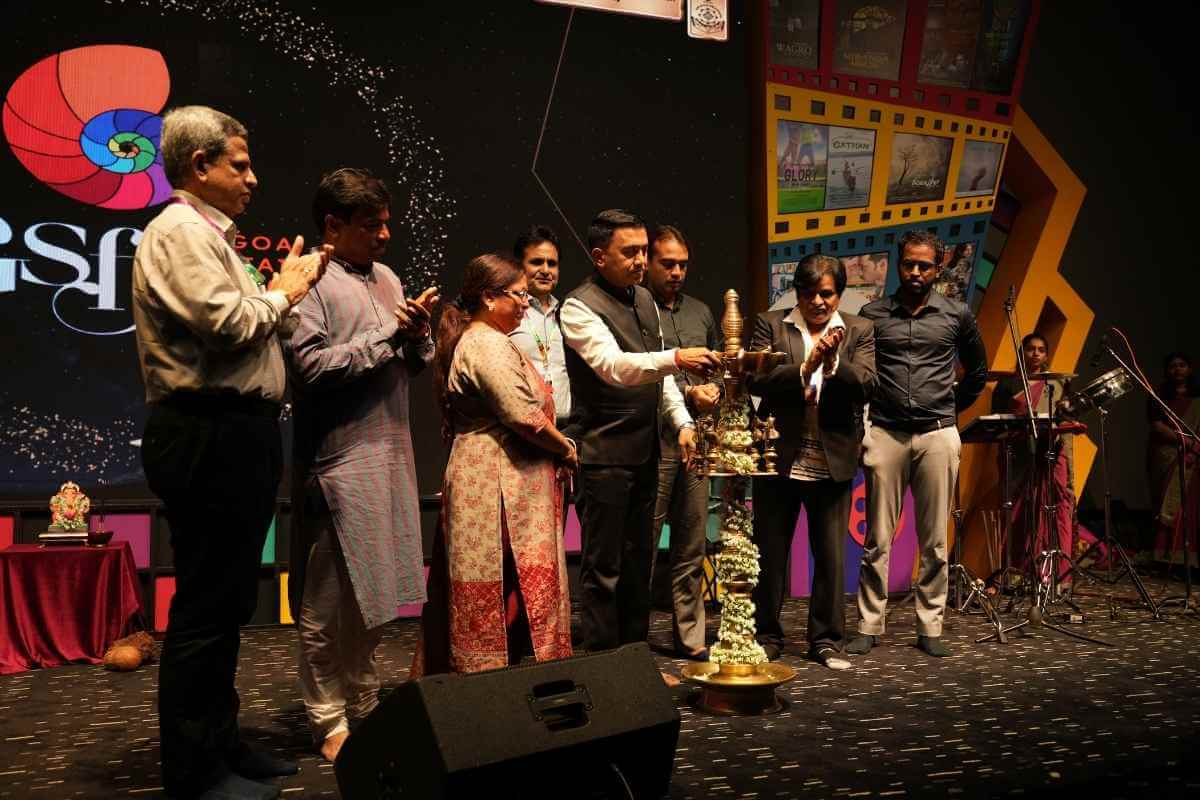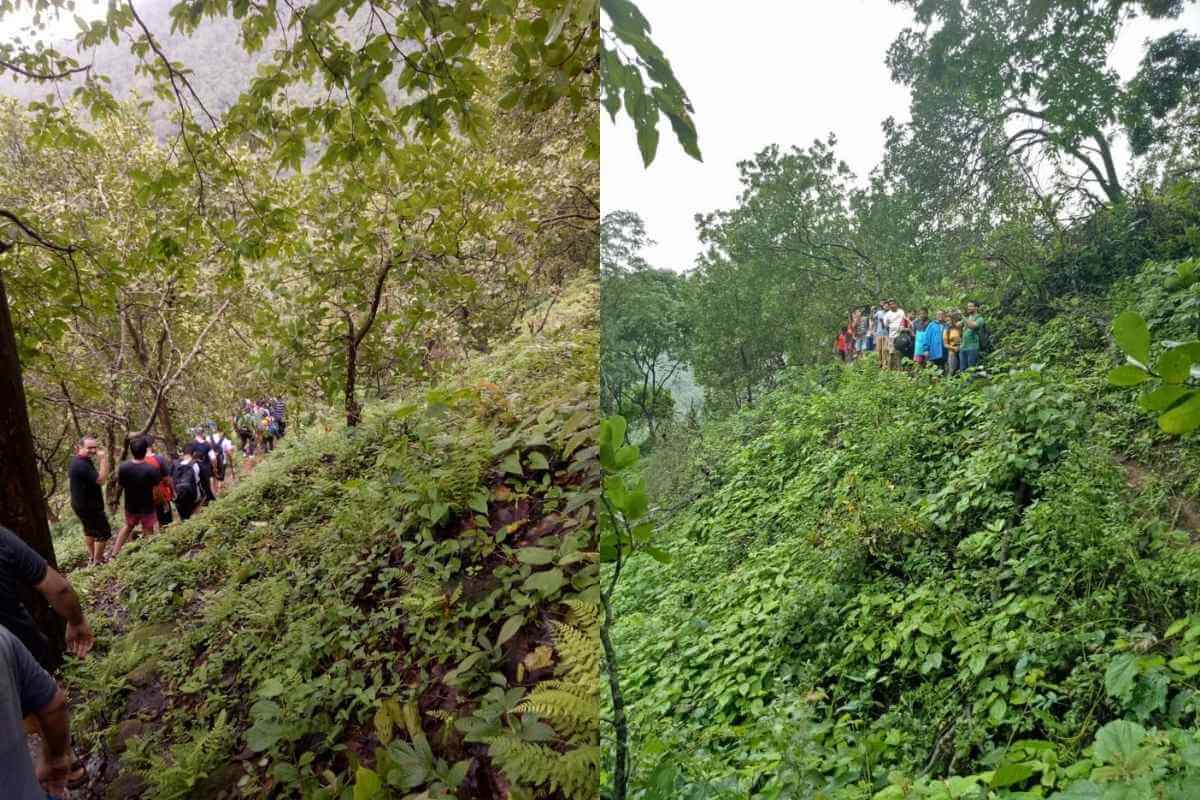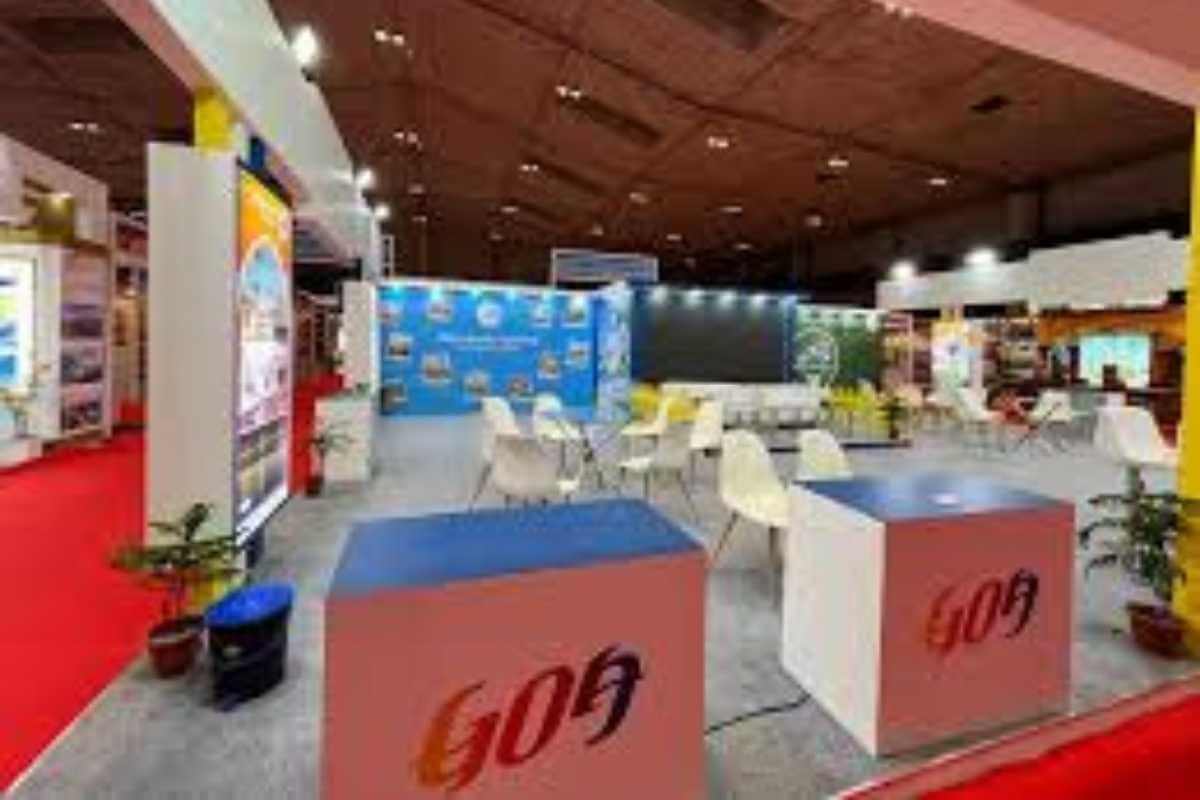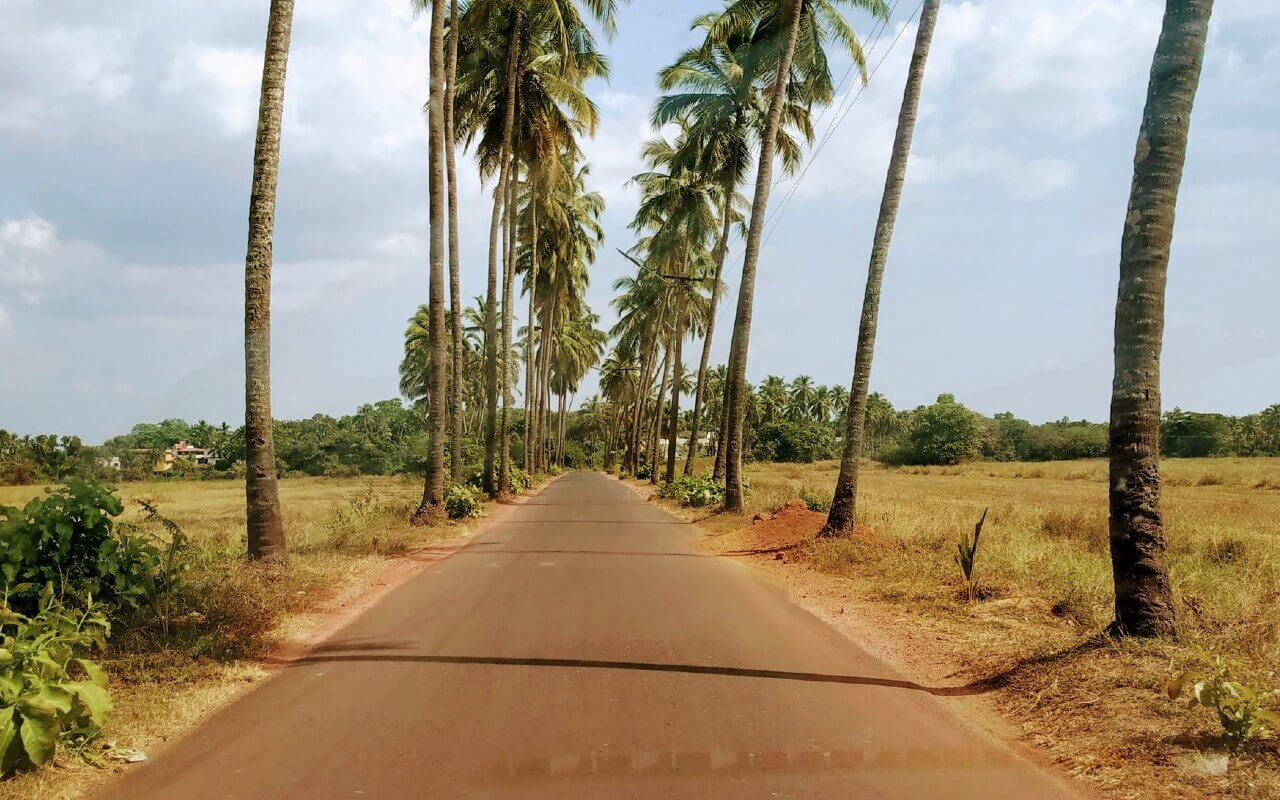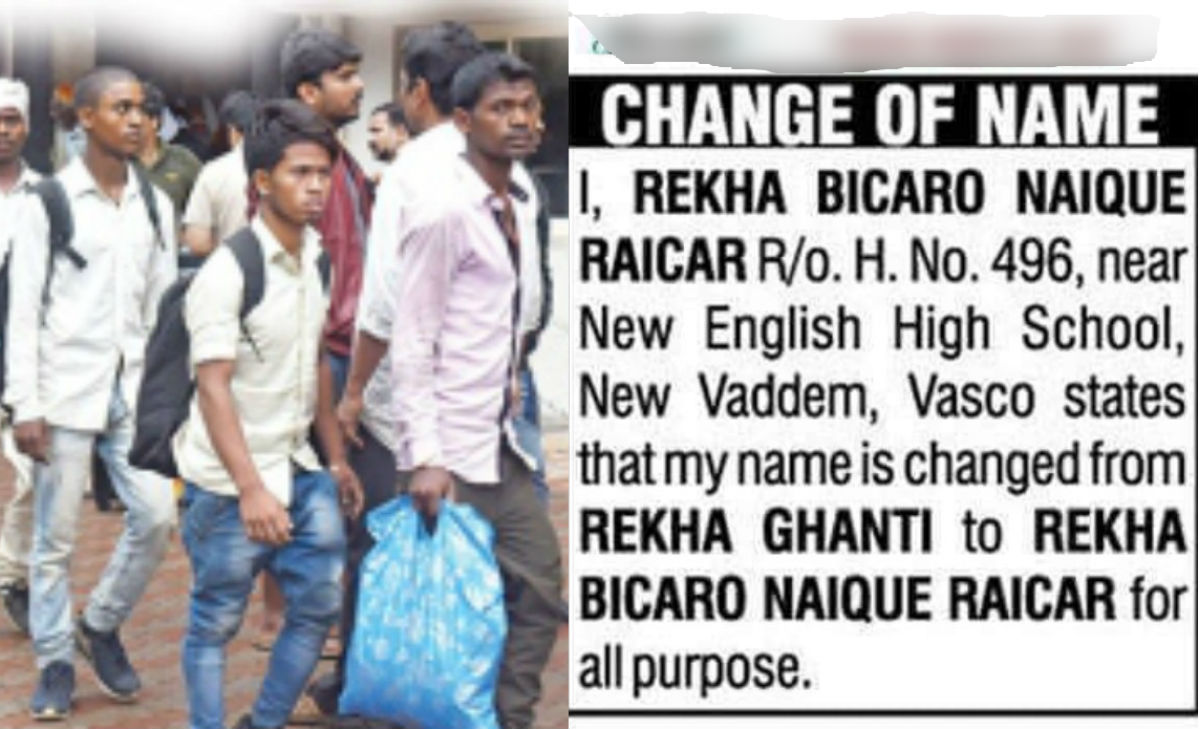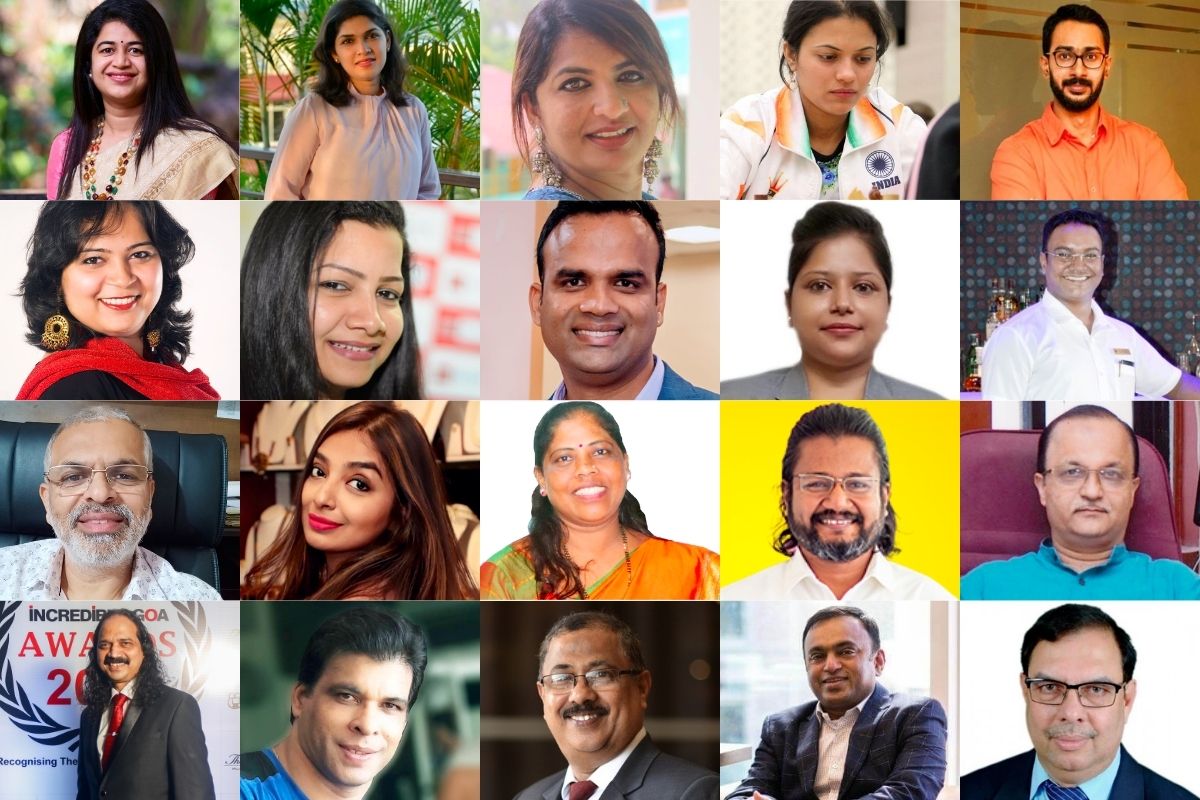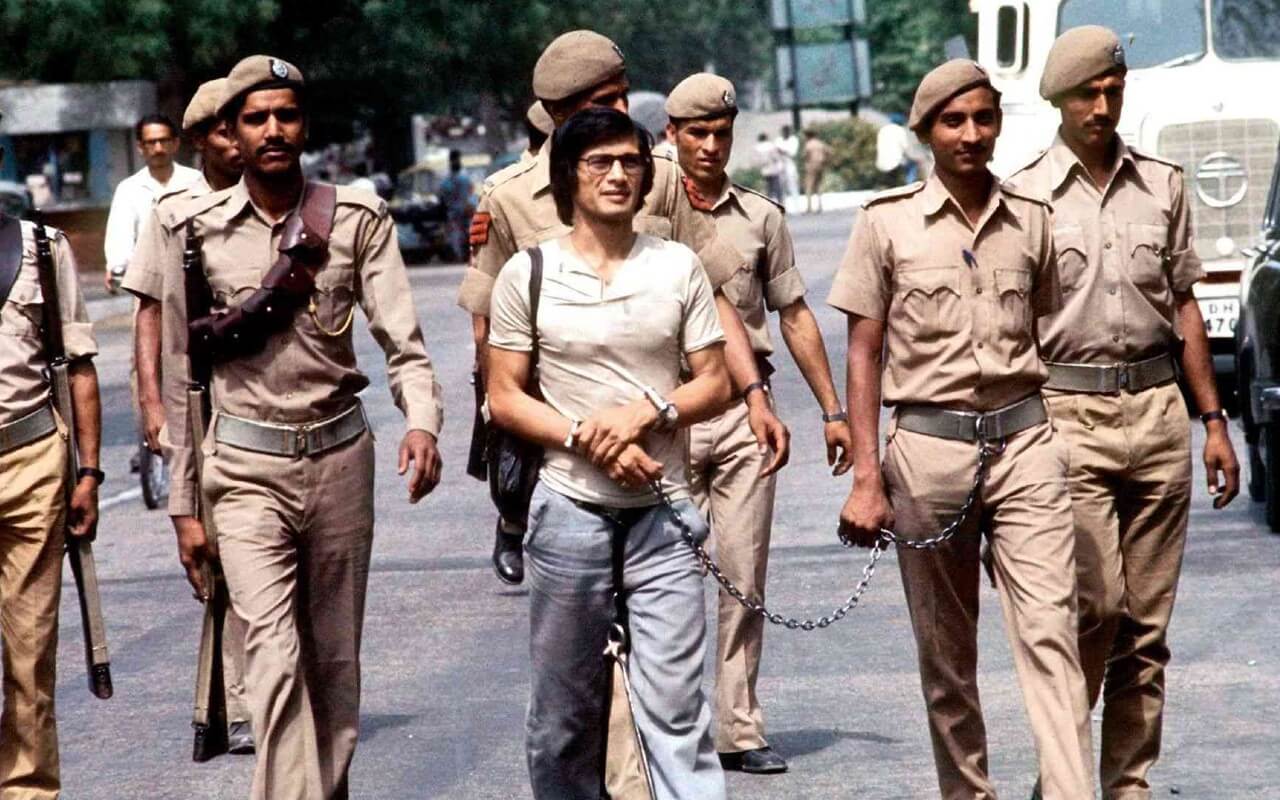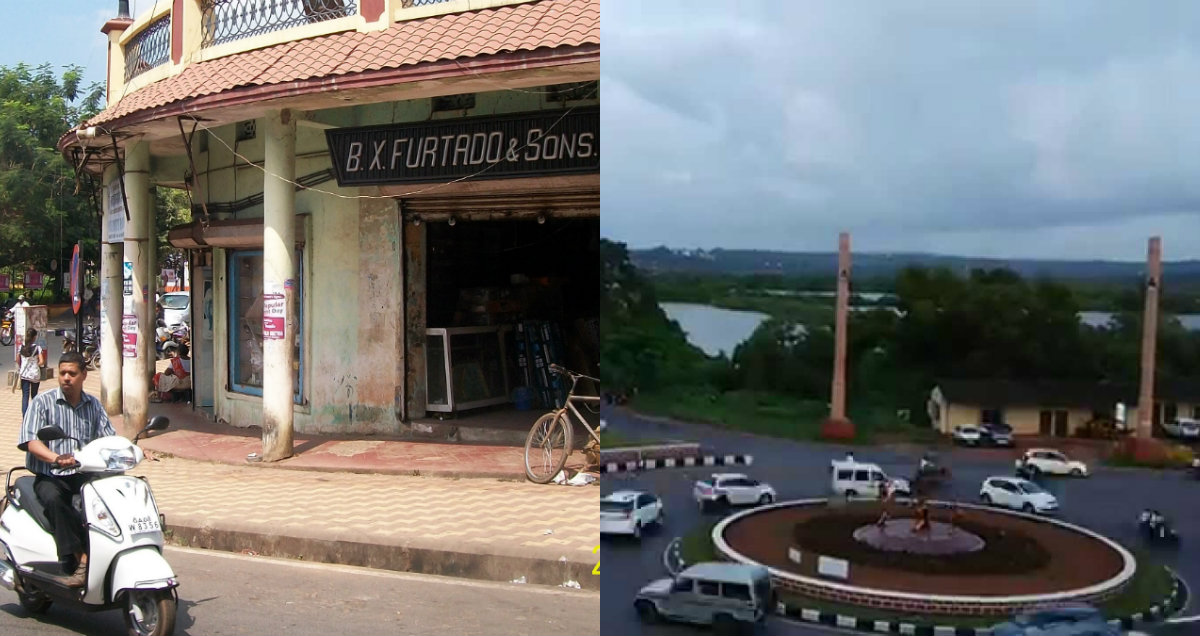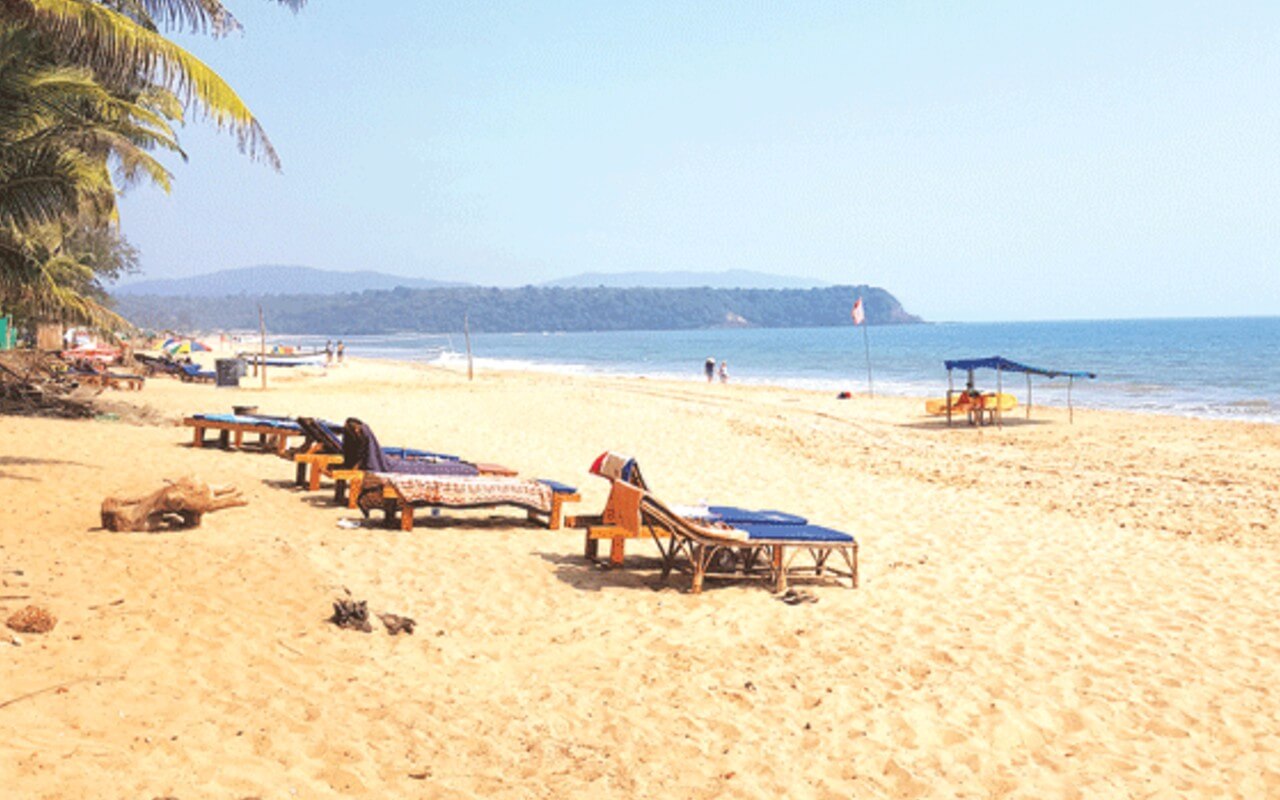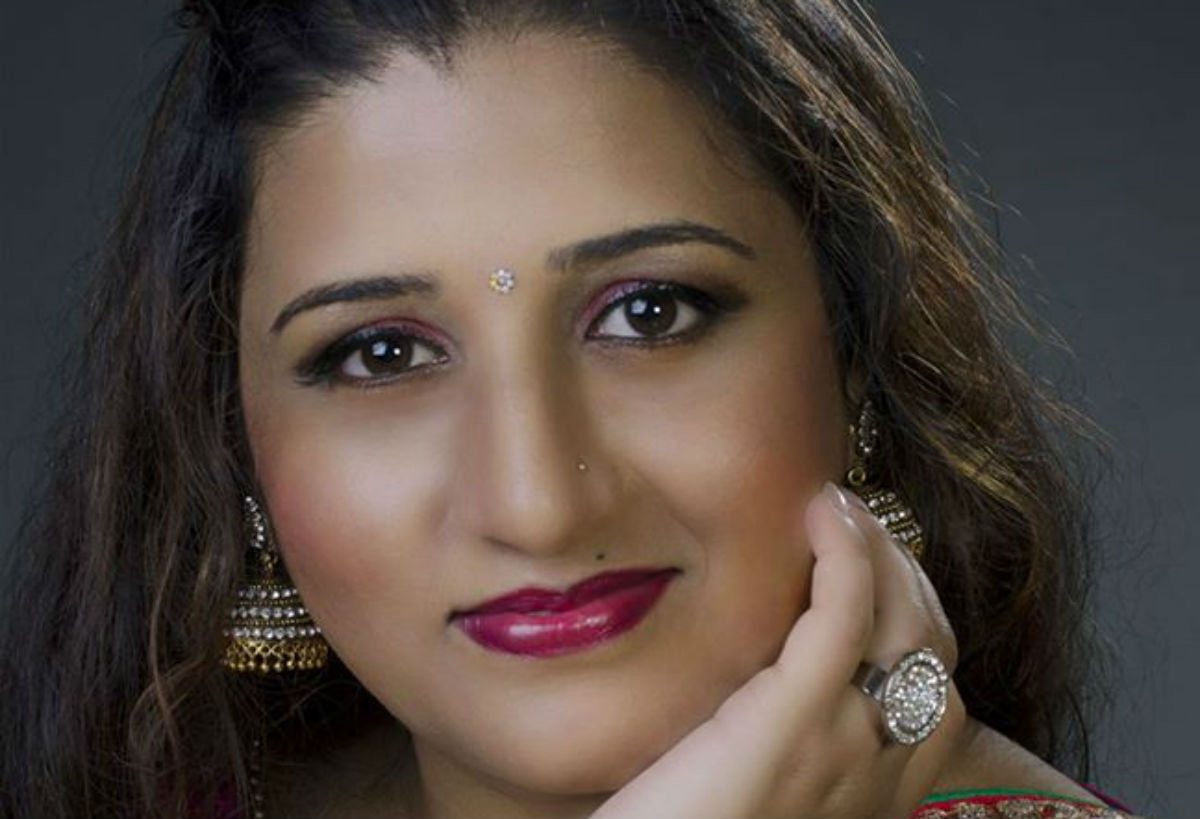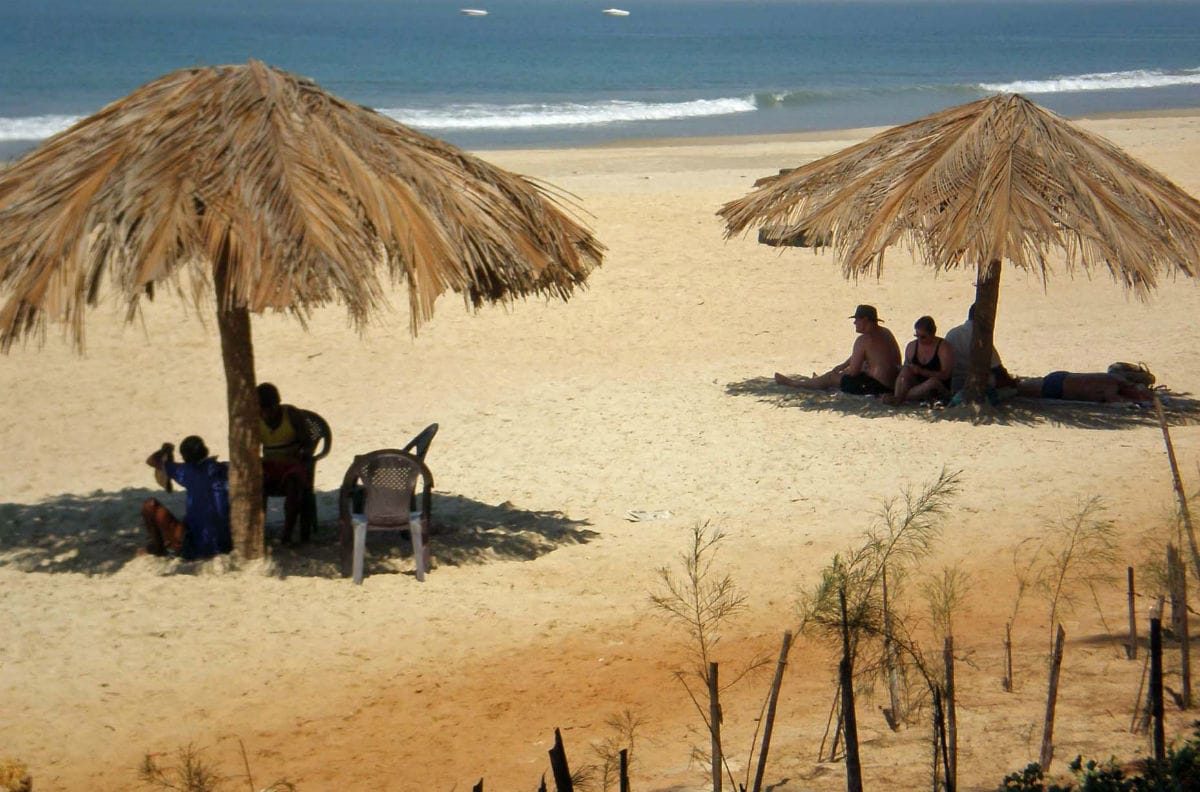The Indian mythology and Indian traditions & culture does not show the traces of the existence of Christianity in India, and hence the same may be applicable to the Goa. History of Goan Catholics recounts the history of the Indian state of Goa from their conversion to Christianity to date. No concrete evidence has been found that Christianity prevailed in Goa before the Portuguese arrived, but it is believed that St. Bartholomew, one of the twelve Apostles of Jesus Christ, brought and spread the Gospel in Konkan including Goa, just as St. Thomas had done in Kerala and Tamil Nadu, in Southern India.
In the 15th century, Portuguese explored the sea route to India and Pope Nicholas V enacted the Papal bull Romanus Pontifex (Latin for ‘The Roman Pontiff’, is a papal bull written in 1455 by Pope Nicholas V to King Afonso V of Portugal.
As a follow-up to the Dum Diversas, it confirmed to the Crown of Portugal dominion over all lands south of Cape Bojador in Africa). This bull granted the patronage of the propagation of the Christian faith in Asia to the Portuguese and rewarded them with a trade monopoly for newly discovered areas.
After Vasco da Gama arrived at Calicut on the coast of Kerala in India in 1498, the trade became prosperous. In 1510, the Portuguese wrested Goa from the Sultan of Bijapur and finally established themselves in Goa.
By 1544, they conquered the districts of Bardez and Salcette in Goa. The Portuguese however, was not interested in proselytization Though the word proselytism originally referred to Early Christianity (and earlier Gentiles such as God-fearers), it now refers to the attempt of any religion or religious individuals to convert people to their beliefs, or any attempt to convert people to a different point of view, religious or not.
After four decades, the Catholic Church threatened to open Asia for all Catholics. In 1534, the Archdiocese (the district for which an archbishop is responsible) of Goa was established. Soon missionaries of the newly founded Society of Jesus were sent to Goa, which leads to the conversion of many locals to Christianity.
They offered rice donations for the poor, good positions in the Portuguese colonies for the middle class and military support for local rulers. In 1542, Francis Xavier, co-founder of the Society of Jesus, arrived in Goa. He observed that the newly converted Christians were practising their old customs and traditions.

Many of the newly converted Goan Catholic ancestors of the present Mangalorean Catholic community fled Goa because of the Goa Inquisition introduced by the Portuguese in 1560. King Sebastian of Portugal decreed that every trace of Indian customs be eradicated through the Inquisition. But many Christians of Goa were attached to some of their ancient Indian customs and refused to abandon them.
Those who refused to comply with the rules laid down by the Inquisition were forced to leave Goa and to settle outside the Portuguese dominion. About 7,000 of them (mostly Saraswat Brahmins) fled Goa. Most migrated to South Canara in what is called the “First Wave of Migration”.
According to Francis Buchanan, a Scottish physician, when he visited Canara in 1801. In his book, A Journey from Madras through the Countries of Mysore, Canara and Malabar (1807), he stated that “80,000 Goan Christians came and settled in South Canara at the invitation of the King of Bednore.” Later, this was identified as a probable mistake and should have read “8,000”. However, even this figure included the second emigration of Christians from Goa.
In 1787, inspired by the French Revolution, several Goan Catholic priests, unhappy with the process of promotion within the Church and other discriminatory practices of the Portuguese, organized the Pinto Revolt against the Portuguese.
Though it was an unsuccessful revolt, it was the first open revolt against the Portuguese from within Goa. During the 1970s, coastal communication increased between Bombay and Goa, after the introduction of ships by the London-based trade firm Shepherd. These ships facilitated the entry of Goan Catholics to Bombay.
The culture of the Goan Catholics is a blend of Indo-Hindu and Luso-Christian cultures. The notion of Goan identity—initially closely linked with Portuguese culture—was forged after the integration of Goa into the Indian Union in 1961.
Contemporary Goan Catholic culture can be best described as an increasingly Anglicised Indo-Latin culture. The Goan Catholic diaspora is concentrated in the Arab states of the Persian Gulf, the Lusosphere, and English-speaking countries such as Great Britain and Canada. The Roman Catholics who originate from the state of Goa, a region on the west coast of India and their descendants are generally referred as Goan Catholics.
After the Portuguese possession of Goa in 1510, the Portuguese consolidated their power by imposing their own government and cultural institutions. The Goan Catholics were granted Portuguese citizenship and were Portuguese citizens thereafter.

However, the work of the historian Jose Cosme Costa, Apostolic Christianity in Goa and in the West Coast (Pilar, Goa: Xavierian Publication Society, 2009), which makes a case for the existence of Christianity in Goa before the arrival of the Portuguese.
He speaks of Goa as a trading centre with the Middle East and with Rome. He suggests that the Apostle Thomas might have made his way overland from northern India to Kerala. He also examines the evidence of the Apostle Bartholomew having done more or less the same thing. Ch. 6 is dedicated to the examination of Pre-Portuguese references to Christianity in Goa. Ch. 7 examines the vestiges of Pre-Portuguese Christian Customs in Goa and the Konkan. Ch. 8 concludes the book with the “latest archaeological discovery”: a “Thomas Cross” hidden in a smallish monument, surmounted by a Latin Cross, near the old Goa harbour.
The Thomas Cross bears an inscription in Pahlavi, which, Costa reports, was the liturgical language of the church associated with the Metropolitan of Fars. Costa also suggests that the ‘Betal’ worshipped quite commonly in Goa is a corruption of ‘Bartholomew’. Fr H.O. Mascarenhas, reports Costa, even proposed that there were Christian temples dedicated to the persons of the Trinity: Amarnath / Bhutnath (Father Lord), Ravalnath (from Rabboni – Rabulna – Rabulnath) / Bhai rav (Brother Lord), and Atman / Bhavka Devta, Santeri, Ajadevi (Spirit).
What then happened to this early Christianity, if it did exist? Costa proposes that the Portuguese destroyed the vestiges and forcibly assimilated these Christians to their own form of Christianity. Those who resisted were among those who fled Goa, he says. It could also be when the zealous Bahmani Muslim Empire ruled over Goa.
The Portuguese built various churches; the most notable are Basilica of Bom Jesus built during the sixteenth century—a UNESCO World Heritage Site dedicated to the Infant Jesus—and the Se Cathedral, the largest church in Asia dedicated to St. Catherine of Alexandria, the construction of which was started in 1562 during the reign of King Dom Sebastião and completed in 1619.
It was consecrated in 1640. The Our Lady of the Immaculate Conception Church (Nossa Senhora da Imaculada Conceição Igreja) was built in 1540. The Church and Convent of St. Francis of Assisi (Igreja e Convento de São Francisco de Assis), Church of Lady of Rosary (Igreja da Senhora do Rosário), Church of St. Augustine (Igreja de Santo Agostinho), and St. Michael’s Church, Anjuna (Igreja São Miguel em Anjuna), built in 1613,[35] were also erected during the Portuguese reign.
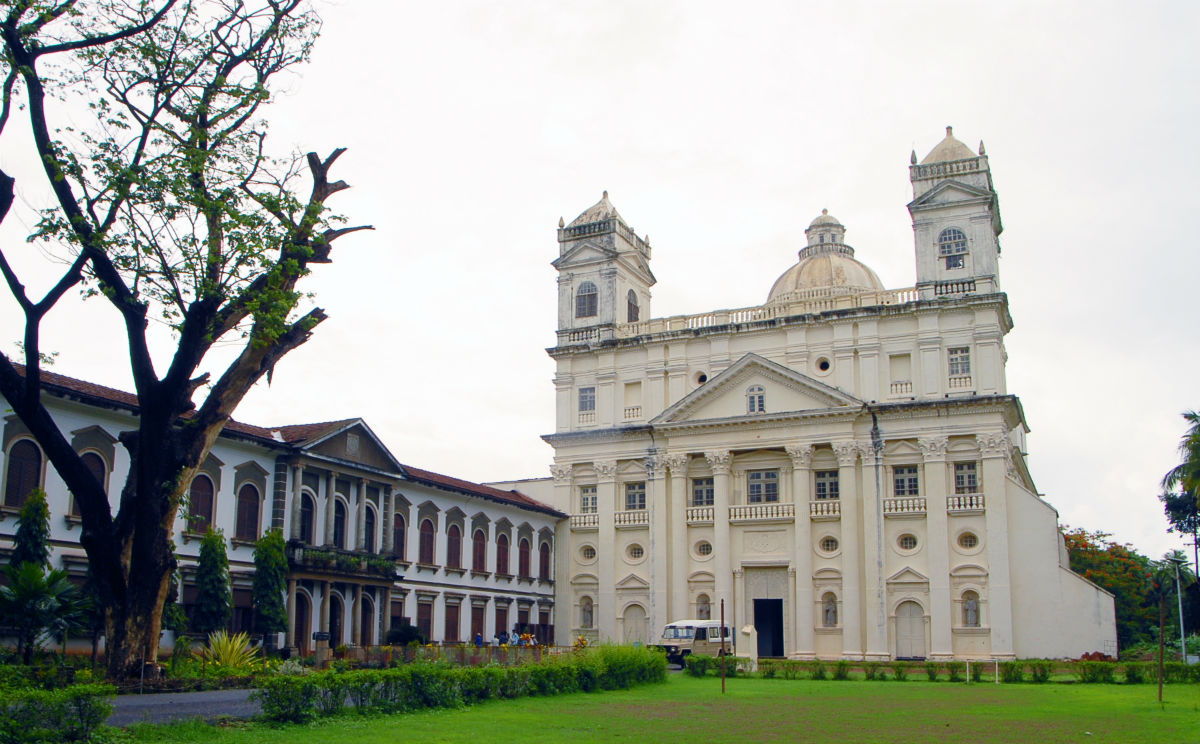
Bilingual names, having variants in both Konkani and English, like Mingel (Michael) and Magdu (Magdalene) are common among Goan Catholics. Portuguese surnames like D’Souza, Rodrigues, Fernandes and Pinto, are common among Goan Catholics. Goan Catholics use the native language Konkani forms of their surnames in Konkani-language contexts, along with their English forms in English-language contexts, such as Soz, Rudrig, and Pint instead of Sousa, Rodrigues, and Pinto. Some families use their original Konkani Brahmin surnames such as Prabhu, Kamat, Naik, Shet, and Shenoy.
CHECK OUT HERE THE: Goan Catholic Names and Surnames
PUBLISHERS NOTE: THE ABOVE ARTICLE HAS BEEN SOURCED THROUGH VARIOUS MEDIUM AS REFERENCE, WE DO NOT HAVE ANY INTENTION TO HURT ANY COMMUNITY IN ANY MANNER, IT IS JUST THE EXPRESSION OF GOODWILL TO PROVIDE THE READERS WITH QUALITY AND FACTUAL READING MATERIAL.





